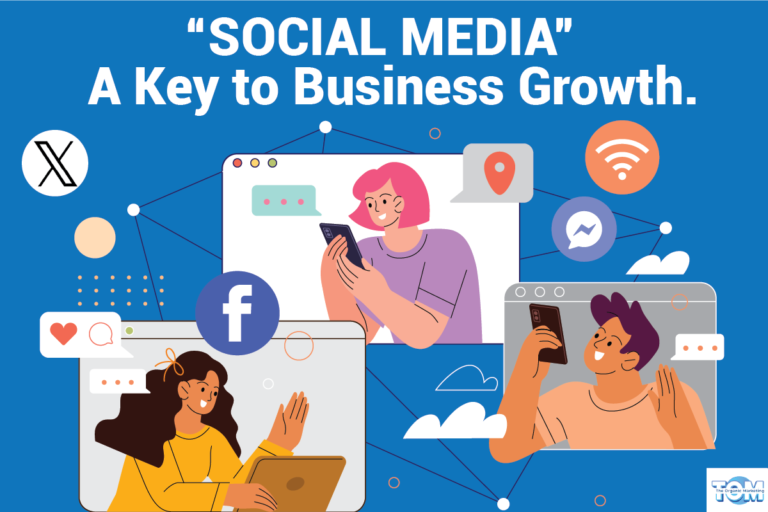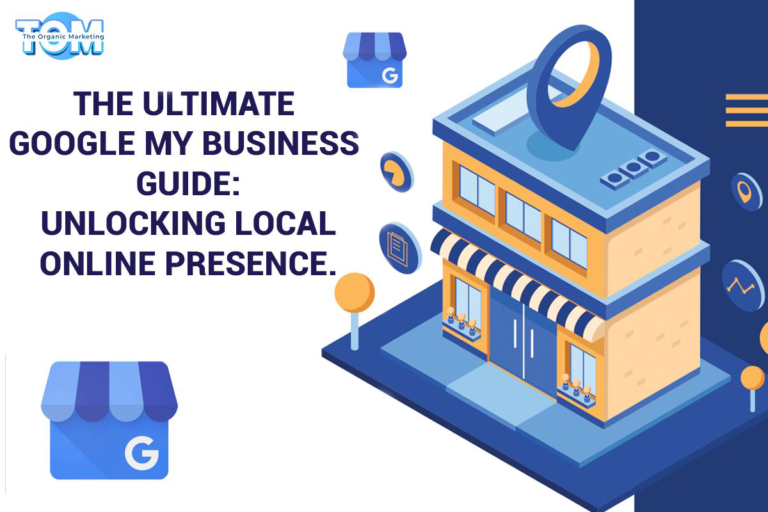A brief explanation of Augmented Reality (AR) and Virtual Reality (VR)
The two ground-breaking technologies- Augmented Reality (AR) and Virtual Reality (VR), have the power to completely change how we view and interact with the digital world in today’s quickly expanding technology ecosystem. The potential for entertainment, education, and other fields has been transformed by these immersive experiences, which have captured the interest of both tech enthusiasts and casual users. By seamlessly integrating digital components into the particular world, augmented reality (AR) enhances our reality and offers an improved, interactive experience.
By submerging users in virtual worlds that regularly resemble important things, a computer game (VR) on the opposite hand provides a complete shake of reality. Through the utilization of augmented reality (AR), you’ll see three-dimensional models come to life. Navigate by having real-time directions overlaid on your surroundings, and even try virtual clothing before making a sale. It offers a brand-new world crammed with possibilities where the particular world could be used as a blank canvas for creative digital overlays with a VR headset.
Since more inexpensive hardware and greater software development have made AR and VR technologies more widely available, fewer people are now only ready to enjoy these immersive experiences. Their influence on businesses is predicted to rise rapidly as they become more commonplace. AR and VR are altering how we interact with digital material and influencing the longer term of human-computer interaction, from improving consumer engagement to revolutionizing training and education.
Augmented Reality (AR)
Features
- Brings digital components into the physical environment
- Allows users to look at and interact with both the particular environment and virtual material at an equivalent time.
- Perfectly combines the particular and virtual worlds to supply an enhanced virtual experience.
Devices and Platforms
- Devices like smartphones, tablets, and specialized AR glasses.
- Uses motion tracking, cameras, and sensors to acknowledge the physical surroundings and superimpose digital material over them.
- Platforms include Microsoft’s HoloLens, Apple’s ARKit, and Google’s ARCore.
Applications
- Gaming: AR gaming applications let players engage with virtual things in actual locations, like Pokémon Go.
- Education: Through the utilization of interactive visualizations and 3D models that bring textbooks to life, augmented reality (AR) improves learning.
- Retail: Users can visually experiment with clothing or see furniture arrangements in their houses because of augmented reality (AR).
- Navigation: AR allows users to overlay instructions, sites of interest, and other information in real-time over their actual surroundings.
- Training & Simulations: By superimposing virtual features over actual items or situations, AR may create realistic training experiences
Virtual Reality (VR)
Features
- Immersing people in a fully virtual environment, far away from the physical world.
- Offers the user a sensation of presence and immersion by replacing their physical environment with a virtual one.
- Requires the user to wear a headgear that blocks their field of vision and portable controllers for interactivity.
Headsets and Hardware
- Devices including Oculus Rift, HTC Vive, or PlayStation VR obstruct the surface environment and show virtual content.
- Motion sensors, accelerometers, and gyroscopes are frequently utilized in VR headsets to detect the user’s motions and offer a smooth experience.
- Users can interact with the virtual world via handheld controllers or full-body tracking devices.
Applications
Gaming and entertainment: computer game (VR) delivers fully immersive gaming experiences that permit players to enter virtual worlds and interact with items and other people.
Training and Simulations: VR creates lifelike training environments for businesses like aviation, healthcare, and therefore the military, enabling students to practice difficult processes or scenarios.
Design and prototyping: computer game (VR) enables engineers, architects, and designers to see and explore digital versions of their works before actually constructing them.
Treatment and Rehabilitation: VR is often helpful for desensitization techniques and stress management methods.
Cooperation and virtual meetings: These are made possible by VR, which promotes presence and cooperation among distant teams.
The distinction between the particular and virtual worlds is blurred by transformational experiences offered by augmented reality (AR) and computer games (VR). Both technologies have an excellent deal of promise and are utilized in many various industries, including gaming, education, retail, training, and more. We expect fascinating new advancements and inventions that push the bounds of immersion and engagement as AR and VR still evolve.
If you’re impressed and now brooding about diving into AR and VR’s dynamic world, let The Organic Marketing be your guide.






